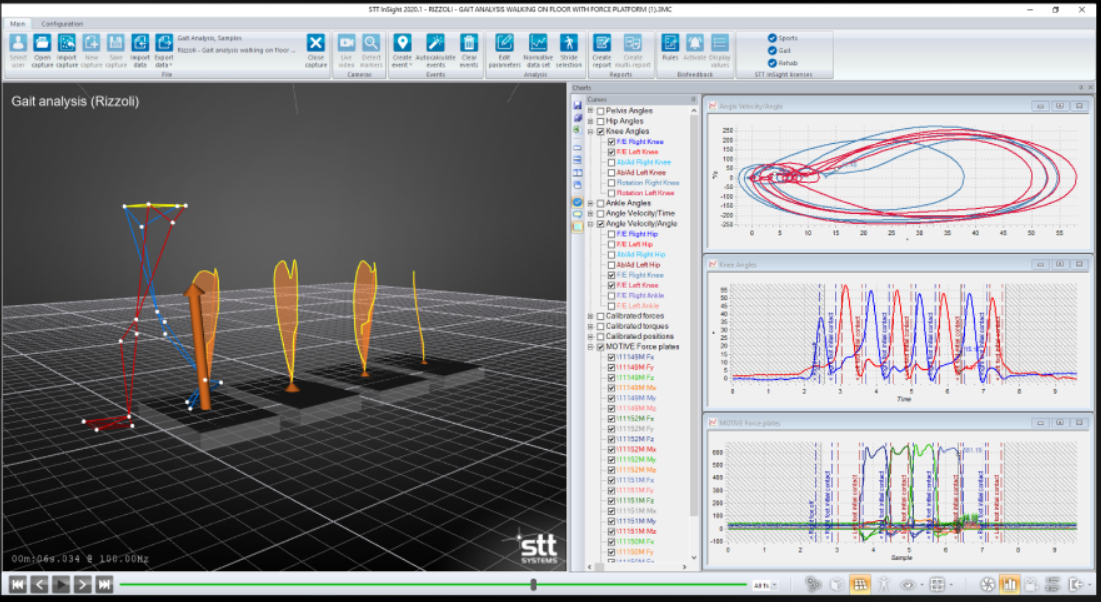Physical Therapy vs Real-Time Feedback
Physical therapy helps injured runners overcome imbalances in muscle strength and joint range of motion that can contribute to poor gait mechanics. PT can be an effective tool for increasing soft tissue and joint mobility, improving foot arch strength and correcting postural issues. However, when it comes to optimizing gait mechanics, physical therapy provides only 50% of the solution.
Motor skills are learned and retained at the cognitive level. Your brain sends messages via the neuromuscular system to dictate which muscles should fire, at what frequency and in which sequence. When a runner is injured or in pain, the brain directs the muscles to fire in ways that shift force loads away from injured tissues and redistribute them to healthy tissues. The resulting compensation patterns often become habitual, overloading healthy structures and setting them up for overuse injuries.
Real-time gait retraining helps the runner to relearn motor skills at the neuromuscular level, reducing harmful force loads on muscles, joints and connective tissues and establishing healthy habits for efficient movement.


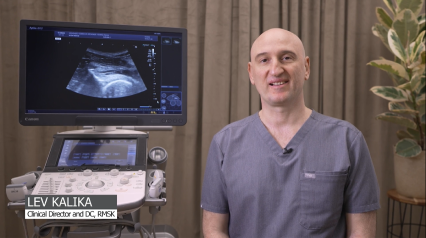
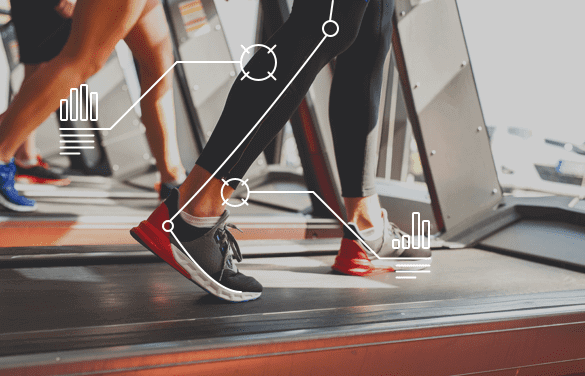
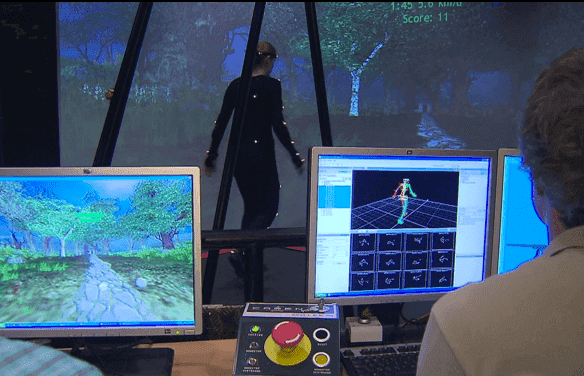



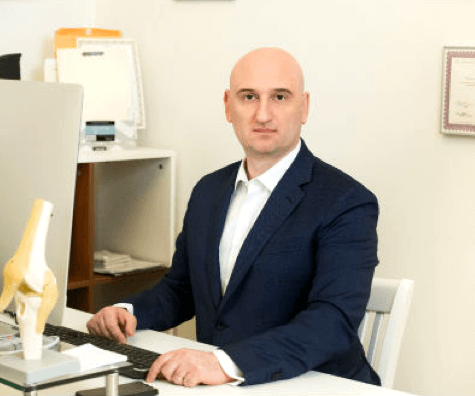
 Dr. Yuri Brosgol
Dr. Yuri Brosgol  Dr. Michael Goynatsky
Dr. Michael Goynatsky 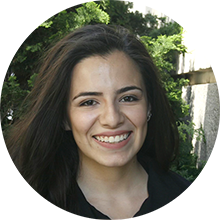 Dr. Daniela Escudero
Dr. Daniela Escudero  Dr. Michelle Agyakwah
Dr. Michelle Agyakwah  Dr. Tatyana Kapustina
Dr. Tatyana Kapustina 